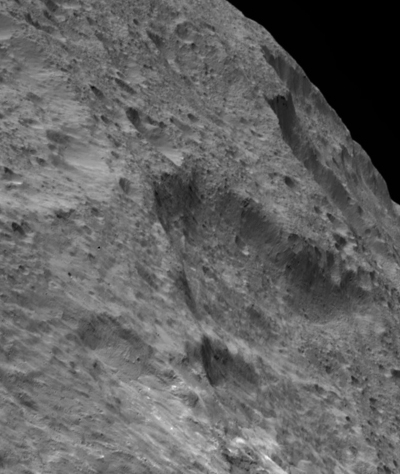Jeff Bezos gives a tour of Blue Origin
The competition heats up: Jeff Bezos gave his first tour of Blue Origin’s facilities for eleven journalists on Tuesday.
The article is chock full of interesting details about the company’s plans. To me these details about their New Shepard test program are the most interesting:
“We’re going to fly it until we lose it,” he said. The plan is to test the spaceship many, many times without humans aboard. At some point, Blue Origin will run a test in which the crew capsule will have to blast itself clear from the propulsion module at maximum dynamic pressure – a scenario during which the propulsion module will almost certainly be destroyed.
Not to worry, though: More crew capsules and propulsion modules are already under construction at the factory. “By the time anybody gets on, I think you should be willing to bring your mom,” Bezos said.
They also hope that this test program will proceed to launching humans by 2017.
The competition heats up: Jeff Bezos gave his first tour of Blue Origin’s facilities for eleven journalists on Tuesday.
The article is chock full of interesting details about the company’s plans. To me these details about their New Shepard test program are the most interesting:
“We’re going to fly it until we lose it,” he said. The plan is to test the spaceship many, many times without humans aboard. At some point, Blue Origin will run a test in which the crew capsule will have to blast itself clear from the propulsion module at maximum dynamic pressure – a scenario during which the propulsion module will almost certainly be destroyed.
Not to worry, though: More crew capsules and propulsion modules are already under construction at the factory. “By the time anybody gets on, I think you should be willing to bring your mom,” Bezos said.
They also hope that this test program will proceed to launching humans by 2017.


